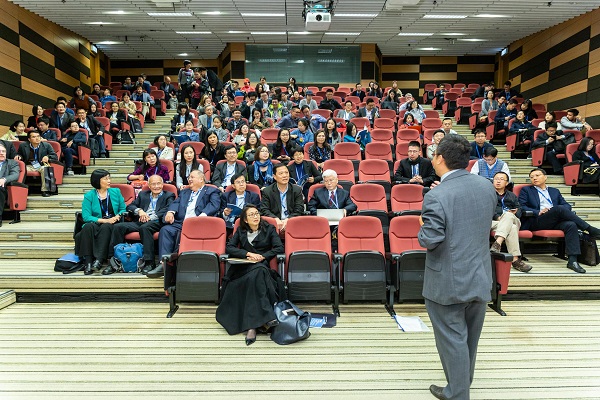In recent times, Gamified has become popular as one of the most important phenomena in education and business. In the year 2012, it was named as one of the top 10 technology trends by Deloitte. It was also put on the U.S. shortlist for word of the year in 2011 by the Oxford dictionary. Since then, gamification has not stopped growing, so much so that institutions and businesses are no longer asking themselves if gamified learning experience and development is worth trying, but rather how they can use it to their advantage.
Gamification is the process of incorporating game elements into non-game activities to trigger a specific user behavior. Game elements can include a range of game mechanics and dynamics, such as badges, levels, leader boards, points, and XPs that motivate users to take actions to achieve them. Many institutes have adopted Tantalum gamified learning programs for their classroom. You can enroll now for admission in institutes which offer gamified learning experiences through Tantalum program that is fully customized to meet your individual needs.
Let’s assume that you already know the reasons for gamification learning development in education: why it works, why it’s backed by research, and why so many teachers love it. Now let us focus on the next step: how to gamify your classroom. While there are a number of different methods and opinions on the best ways to do it, here, we have compiled a step-by-step guidance to gamify your classroom:
1. Giving points for meeting the academic goal
Inspire students to see simple questions in a whole new light. Correct or well-structured answers are scored using a point system, and students move up the leader board. In class discussions, students are required to cite details from the text and evidence to support their conclusions. Answers without evidence can be scored 1 point, a correct answer with a piece of evidence can be scored 2 points, and a correct answer along with two pieces of evidence = 3 points.
2. Giving points for meeting procedural /non-academic objectives
Point systems can also work well for non-academic tasks, such as keeping the classroom in order, putting on coats and hats, lining up in the order of the register or in the correct houses, etc. Such gamified learning experience and development program from Tantalum helps students with a more holistic approach to learning.
3. Creating playful barriers
One of the key principles of gamification is the use of encouragement mechanisms, e.g., playful obstacles-challenges. Gamified learning obstacles can be academic or behavioral, social or personal, creative or logistical. Visit the website of Tantalum Academy to know more about the gamify learning and development program.
4. Creating competition within the classroom
Competition with classmates, other classes, or even the teacher is a sure-fire playful element that works. For example, students must follow a rule set by the teacher, and each time a student follows the rule, the class earns a point. If a student does not follow a rule, the teacher gets a point. This is especially good for introducing procedures and new behavior expectations.
5. Comparing and reflecting on personalized performance
Some video games provide a personalized breakdown of the player’s performance at the end of each level-with tremendous data such as achievements, points, strengths, weaknesses, and opportunities to reflect on one’s performance and compare oneself to others. For example, a game could offer statistics on what goals were achieved and how, assign a “badge” based on that particular achievement “style,” and then track every detail around that achievement, such as total number of jumps, number of enemies warned, number of different ways a particular problem was solved, etc.
Gamification learning and development in education works because it triggers real, powerful human emotions like happiness, fascination, excitement, and a sense of accomplishment. All over the world, companies, institutions, and household brands are using gamification – with amazing results.







